|
[1]
|
J. W. Bijlsma, F. Berenbaum and F. P. Lafeber, Osteoarthritis: An update with relevance for clinical practice, Lancet, 377 (2011), 2115–2126.
|
|
[2]
|
G. Peat, R. McCarney and P. Croft, Knee pain and osteoarthritis in older adults: A review of community burden and current use of primary health care, Ann. Rheum. Dis., 60 (2011), 91–97.
|
|
[3]
|
W. D. Chang, S. Chen, C. L. Lee, H. Y. Lin and P. T. Lai, The effects of tai chi chuan on improving mind-body health for knee osteoarthritis patients: A systematic review and meta-analysis, Evid. Based. Complement. Alternat. Med., 2016 (2016), 1813979.
|
|
[4]
|
R. Lauche, J. Langhorst, G. Dobos and H. Cramer, A systematic review and meta-analysis of Tai Chi for osteoarthritis of the knee, Complement. Ther. Med., 21 (2013), 396–406.
|
|
[5]
|
Q. G. Zhu, L. Y. Huang, X. Wu, L. Wang, Y. Zhang, M. Fang, Y. Liu and J. X. Li, Effects of Tai Ji Quan training on gait kinematics in older Chinese women with knee osteoarthritis: A randomized controlled trial. J. Sport Health Sci., 5 (2016), 297–303.
|
|
[6]
|
M. C. Hochberg, R. D. Altman, K. T. April, M. Benkhalti, G. Guyatt, J. McGowan, T. Towheed, V. Welch, G. Wells and P. Tugwell, American college of rheumatology 2012 recommendations for the use of nonpharmacologic and pharmacologic therapies in osteoarthritis of the hand, hip, and knee, Arth. Care. Res., 64 (2012), 465–474.
|
|
[7]
|
J. L. Astephen, K. J. Deluzio, G. E. Caldwell and M. J. Dunbar, Biomechanical changes at the hip, kneeand ankle joints during gait are associated with knee osteoarthritis severity, J. Orthop. Res., 26 (2008), 332–341.
|
|
[8]
|
B. D. Jackson, A. E. Wluka, A. J. Teichtahl, M. E. Morris and F. M. Cicuttini, Reviewing knee osteoarthritis-a biomechanical perspective, J. Sci. Med. Sport, 7 (2004), 347–357.
|
|
[9]
|
D. W. Mao, Y. L. Hong and J. X. Li, Characteristics of foot movement in Tai Chi exercise, Phys. Ther., 86 (2006), 215–222.
|
|
[10]
|
N. Y. Law and J. X. Li, The temporospatial and kinematic characteristics of typical tai chi movements: Repulse monkey and wave-hand in cloud, Res. Sports Med., 22 (2014), 111–123.
|
|
[11]
|
D. J. Hunter, Y. Q. Zhang, J. B. Niu, X. Tu, S. Amin, M. Clancy, A. Guermazi, M. Grigorian, D. Gale and D. T. Felson, The association of meniscal pathologic changes with cartilage loss in symptomatic knee osteoarthritis, Arthritis. Rheu., 54 (2010), 795–801.
|
|
[12]
|
Z. Deng, K. Wang, H. H. Wang, T. Y. Lan, H. S. Zhan and W. X. Niu, A finite element study of traditional Chinese cervical manipulation, Eur. Spine J., 22 (2017), 2308–2317.
|
|
[13]
|
J. Yao, G. M. Kuang, D. W. Wong, W. X. Niu, M. Zhang and Y. B. Fan, Influence of screw length and diameter on tibial strain energy density distribution after anterior cruciate ligament reconstruction, Acta. Mech. Sinica., 30 (2014), 241–249.
|
|
[14]
|
G. Wu and D. Millon, Joint kinetics during Tai Chi gait and normal walking gait in young and elderly Tai Chi Chuan practitioners, Clin. Biomech., 23 (2008), 787–795.
|
|
[15]
|
R. Song, B. L. Roberts, E. O. Lee, P. Lam and S. C. Bae, A randomized study of the effects of t'ai chi on muscle strength, bone mineral density, and fear of falling in women with osteoarthritis, J. Altern. Complem. Med., 16 (2010), 227–233.
|
|
[16]
|
P. F. Tsai, J. Y. Chang, C. Beck, Y. F. Kuo and F. J. Keefe, A pilot cluster-randomized trial of a 20-week tai chi program in elders with cognitive impairment and osteoarthritic knee: Effects on pain and other health outcomes, J. Pain Symptom. Manage., 45 (2013), 660–669.
|
|
[17]
|
K. N. Radzak, A. M. Putnam, K. Tamura, R. K. Hetzler and C. D. Stickley, Asymmetry between lower limbs during rested and fatigued state running gait in healthy individuals, Gait Posture, 51 (2017), 268–274.
|
|
[18]
|
W. K. Lam, J. Ryue, K. K. Lee, S. K. Park, J. T. Cheung and J. Ryu, Does shoe heel design influence ground reaction forces and knee moments during maximum lunges in elite and intermediate badminton players? PloS One, 12 (2017), e0174604.
|
|
[19]
|
G. C. Fanelli, C. J. Edson, K. N. Reinheimer and R. Garofalo, Posterior cruciate ligament and posterolateral corner reconstruction, Sports Med. Arthrosc., 15 (2007), 168–175.
|
|
[20]
|
T. L. Donahue, M. B. Fisher and S. A. Maher, Meniscus mechanics and mechanobiology, J. Biomech., 48 (2015), 1341–1342.
|
|
[21]
|
C. Waller, D. Hayes, J. E. Block and N. J. London, Unload it: The key to the treatment of knee osteoarthritis, Knee. Surg. Sport Tr. A., 19 (2011), 1823–1829.
|
|
[22]
|
M. Taylor, K. E. Tanner and M. A. Freeman, Finite element analysis of the implanted proximal tibia: A relationship between the initial cancellous bone stresses and implant migration, J. Biomech., 31 (1998), 303–310.
|
|
[23]
|
M. Kazemi, A viscoelastic poromechanical model of the knee joint in large compression, Med. Eng. Phys., 36 (2014), 998–1006.
|
|
[24]
|
T. Fukubayashi and H. Kurosawa, The contact area and pressure distribution pattern of the knee. A study of normal and osteoarthrotic knee joints. Acta. Orthop. Scand., 51 (1980), 871–879.
|
|
[25]
|
K. W. Chau and D. W. Mao, The characteristics of foot movements in tai chi chuan, Res. Sports Med., 14 (2006), 19–28.
|
|
[26]
|
Y. Hong and J. X. Li, Biomechanics of Tai Chi: A review, Sports Biomech., 6 (2007), 453–464.
|
|
[27]
|
S. D. Waldman, C. G. Spiteri, M. D. Grynpas, R. M. Pilliar and R. A. Kandel, Long-term intermittent compressive stimulation improves the composition and mechanical properties of tissue-engineered cartilage, Tissue. Eng., 10 (2004), 1323–1331.
|
|
[28]
|
T. M. Griffin and F. Guilak, The role of mechanical loading in the onset and progression of osteoarthritis, Exerc. Sport Sci. Rev., 33 (2005), 195–200.
|
|
[29]
|
L. E. Defrate, R. Papannagari, T. J. Gill, J. M. Moses, N. P. Pathare and G. Li, The 6 degrees of freedom kinematics of the knee after anterior cruciate ligament deficiency: An in vivo imaging analysis, Am. J. Sports Med., 34 (2006), 1240–1246.
|
|
[30]
|
G. Wu, W. Liu, J. Hitt and D. Millon, Spatial, temporal and muscle action patterns of Tai Chi gait, J. Electromyogr. Kines., 14 (2004), 343–354.
|
|
[31]
|
Q. H. Huang and Z. Z. Zeng, A Review on Real-Time 3D Ultrasound Imaging Technology, Biomed. Res. Int., 2017 (2017), 6027029.
|
|
[32]
|
Q. H. Huang, B. W. Wu, J. L. Lan and X. L. Li, Fully Automatic Three-Dimensional Ultrasound Imaging Based on Conventional B-scan, IEEE. Trans. Biomed. Circuits. Syst., 12 (2018), 426–436.
|
|
[33]
|
Q. H. Huang, J. L. Lan and X. L. Li, Robotic arm based automatic ultrasound scanning for three-dimensional imaging, IEEE. Trans. Ind. Inform. (in press). DOI: 10.1109/TII.2018.2871864.
|










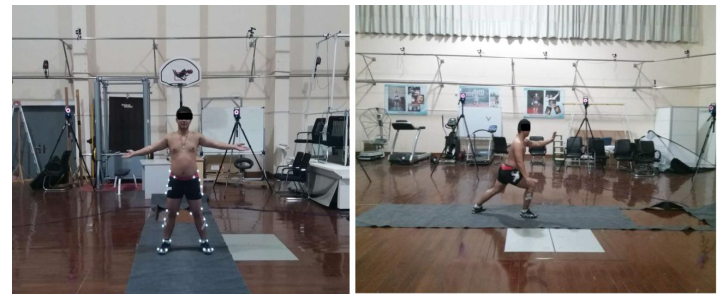
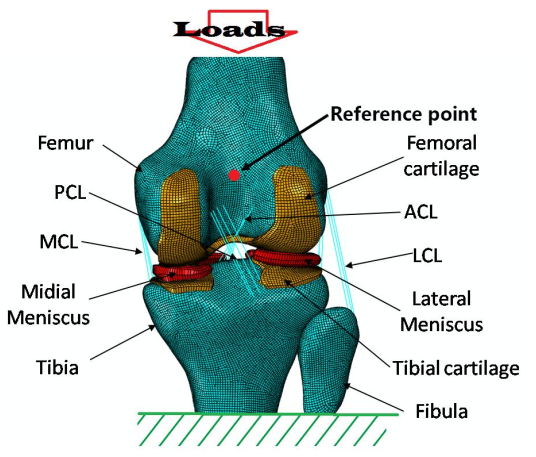
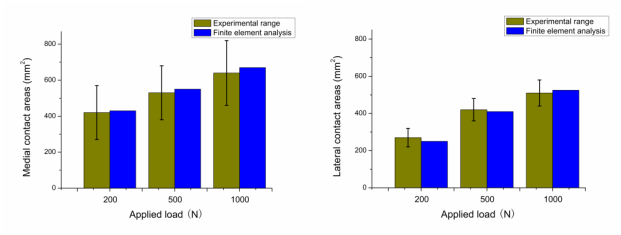
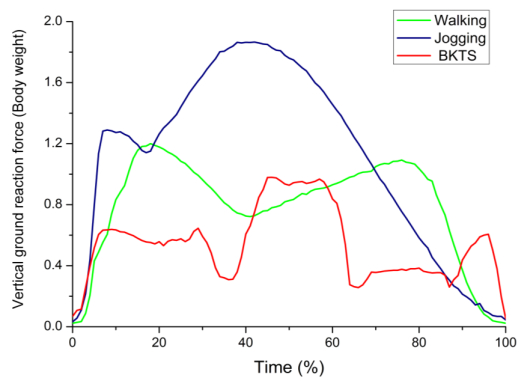
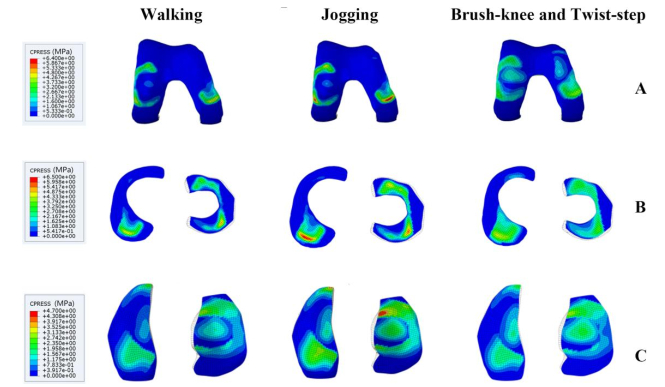


 DownLoad:
DownLoad: